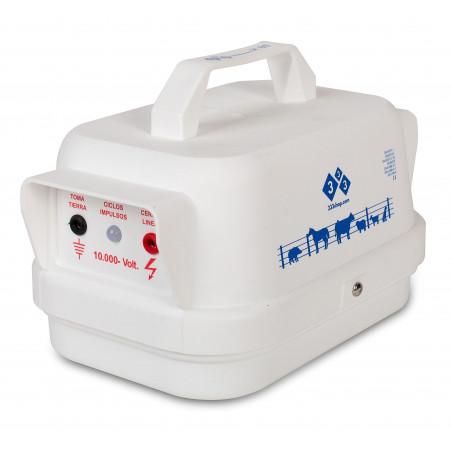In 2007, an outbreak of African swine fever (ASF), a deadly disease of domestic swine and wild boar caused by the African swine fever virus (ASFV), occurred in Georgia and has since spread globally. Historically, ASFV was classified into 25 different genotypes. However, a newly proposed system recategorized all ASFV isolates into 6 genotypes exclusively using the predicted protein sequences of p72. However, ASFV has a large genome that encodes between 150–200 genes, and classifications using a single gene are insufficient and misleading, as strains encoding an identical p72 often have significant mutations in other areas of the genome.
Methods: We present here a new classification of ASFV based on comparisons performed considering the entire encoded proteome. A curated database consisting of the protein sequences predicted to be encoded by 220 reannotated ASFV genomes was analyzed for similarity between homologous protein sequences. Weights were applied to the protein identity matrices and averaged to generate a genome-genome identity matrix that was then analyzed by an unsupervised machine learning algorithm, DBSCAN, to separate the genomes into distinct clusters.

Conclusion: We conclude that all available ASFV genomes can be classified into 7 distinct biotypes.
Dinhobl M, Spinard E, Tesler N, Birtley H, Signore A, Ambagala A, Masembe C, Borca MV, Gladue DP. Reclassification of ASFV into 7 Biotypes Using Unsupervised Machine Learning. Viruses. 2024; 16(1): 67. https://doi.org/10.3390/v16010067







